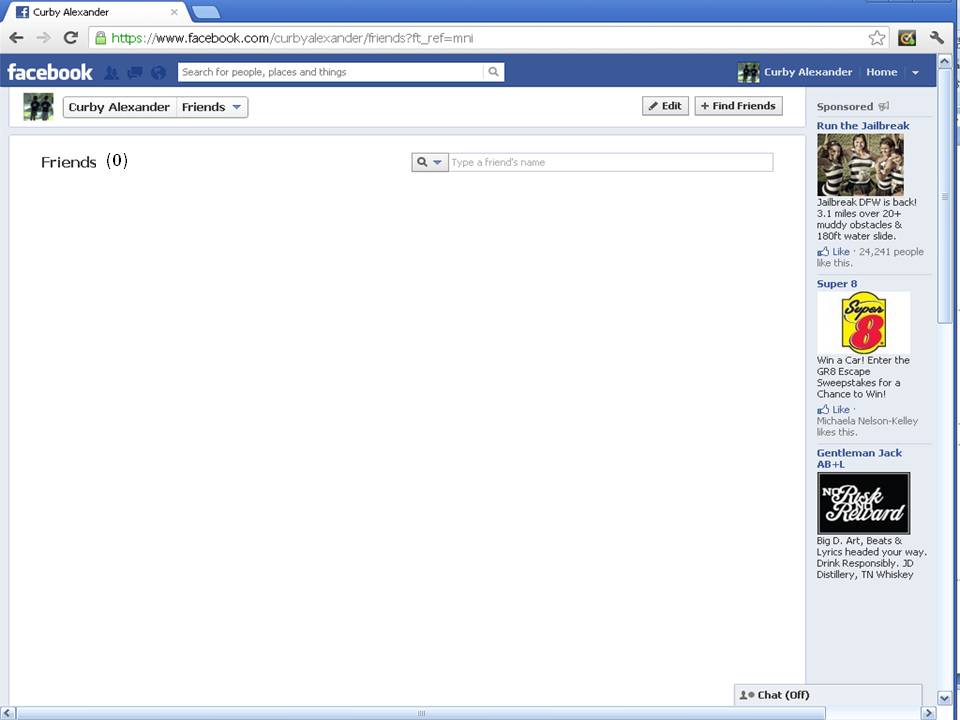"I used to think I was good at explaining stuff ... "
/ I've taken a hiatus from this blog since August 28. I actually have started three other posts that I abandoned for various reasons. Well, now I'm back. For now.
I've taken a hiatus from this blog since August 28. I actually have started three other posts that I abandoned for various reasons. Well, now I'm back. For now.
This year as I began my new position, I was given access to a whole new variety of digital tools. At UNT, it was digital fabrication and energy monitoring. I had enough devices to give one per group of students, which meant I could do some really cool things. It's a lot of fun teaching project-based learning to future teachers when you have the tools to do it. Of course, there were other things we didn't have at UNT, like interactive whiteboards and mobile devices (specifically, iPads). So, there were some other important skills that were hard to teach.
At TCU, I don't have the project-based learning tools, but I do have an interactive whiteboard, my own iPad and cart of 20 iPads for students to use in class. This has opened up a whole new domain of learning and teaching with technology. I have been able to do activities with my classes I thought I would never be able to teach. My goal over the course of the next several weeks (months?) is to post some of these activities, along with examples from students.
The first activity I would like to talk about is Flipped Classroom lessons using Educreations. I have been piloting several of these Digital Whiteboard apps, such as Show Me, Explain Everything, and Knowmia, and Educreations was the best fit for this activity. Show Me also would have been a good fit for my activity because it instantly syncs lessons to the Cloud and you can access the video files from a browser. Additionally, it lets you download a copy of the video file to your computer in case you want to do additional editing or combine lessons. Educreations does not have this capability yet. As a side note, Explain Everything (paid) and Knowmia (free) are very robust tools and worth learning. They allow you to import and export media and projects to other Cloud services like DropBox, Google Drive, Evernote, and Box. There are many tools for presenting content, including embedding web pages, video, and audio files.
For this activity, I gave the students three "badges" they were to earn: video editing, screencasting and a flipped lesson. The idea behind the flipped lesson is that students present content to students to watch and learn at home with the intention of doing more collaborative, hands-on activities at school when everyone is in the same room. The students worked in pairs to create and record a short lesson, which they later uploaded to the class Educreations account.
Beyond the simple interface of the tool and how fun it was to create mini-lessons, I knew this was the only way for my students to see the importance of developing this competency as a future teacher. The students commented on how great it would be to create examples for how to correctly work math problems, edit their writing, convey science and social studies concepts that students and parents could watch at home during homework time. This is usually when students have questions, and many parents feel frustrated trying to help their children. I can't speak for everyone, but I routinely would tell my dad, "But that's not how the TEACHER did it!"
An added benefit for this activity is that students got to practice explaining academic concepts at a level their students could understand. You really have to think about such aspects as pacing, language, examples and sequence when you are planning these lessons. The students were able to practice presenting to students without dealing with some of the environmental factors that often stump early-career teachers, such as crowd control and limited attention spans. As one student explained, "I used to think I was good at explaining stuff, but this activity really forced me to think about what I was saying and how fast I talk." Even though this was not my intention, the class got an impromptu lesson on micro-teaching.
I plan on integrating this strategy into my classes many more times in the coming semester. Ideally, I could work with a teacher (or two or three) and have my students create mini-lessons based on the content being address in the schools. My students would get experience teaching lessons in a concise, understandable way, and the teachers and students would have resources to utilize at home. An added benefit would be feedback from teachers and students about the quality of their lessons and explanations. We'll see how this goes.
To see some examples created by students in my class, visit our Educreations page.



 As if anyone would even argue this point, I just had a flash that served as one more reminder why digital text is here to stay. This is also why The Cloud is here to stay, and why eReaders are here to stay, and why the discipline of close reading is here to stay. Here's what happened.
As if anyone would even argue this point, I just had a flash that served as one more reminder why digital text is here to stay. This is also why The Cloud is here to stay, and why eReaders are here to stay, and why the discipline of close reading is here to stay. Here's what happened.


 One tool I have used with students for several years is a wiki. I have personally used wikis for group work, class websites and digital portfolios. However, I have had a hard time coming up with a good activities for my students that really demonstrate the affordances of a wiki (group editing, version history, comments and discussion, etc.) beyond the ability to just create a web page. In fact, my experiences were always similar to
One tool I have used with students for several years is a wiki. I have personally used wikis for group work, class websites and digital portfolios. However, I have had a hard time coming up with a good activities for my students that really demonstrate the affordances of a wiki (group editing, version history, comments and discussion, etc.) beyond the ability to just create a web page. In fact, my experiences were always similar to 